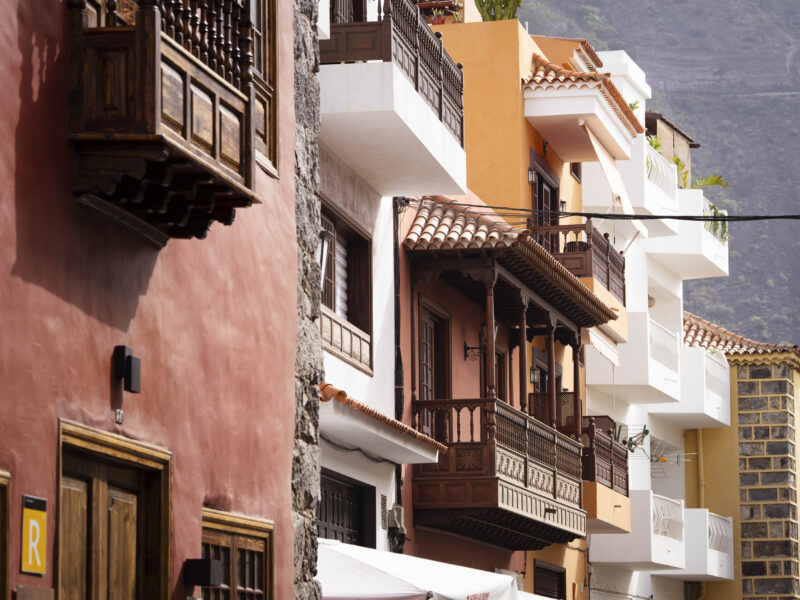Experience Tenerife differently: discover the north coast, Arguayo and Garachico
Explore the north coast of Tenerife off the beaten track. From the pottery village of Arguayo to historic Garachico, discover unique places, local traditions and hidden gems far away from mass tourism.

Tenerife beyond the clichés
Tenerife often conjures up images of sun-drenched beaches, busy boulevards and all-inclusive resorts. But if you turn the map around and head north, you will discover a completely different island. During our first visit to Tenerife, we deliberately chose the north-west coast – a region where tranquillity, nature and culture come together. In this first part of our journey, we take you to the pottery village of Arguayo, where women have preserved the art of pottery for centuries, and to Garachico, a town that rose from the lava and today exudes charm and history. A journey full of surprises, stories and beauty – far removed from the clichés.

Palacio de Isora – grand in luxury, small in perception
Our stay on the north-west coast begins at Meliá's five-star Palacio de Isora resort. The hotel is grand in size – with a swimming pool the size of three football fields – but surprisingly serene, located by the ocean. Within this gigantic complex is an oasis of tranquillity: Red Level, an adults-only zone with personal butlers, hydromassage baths and its own breakfast and restaurant area. For those who love small-scale luxury within a larger whole, this is highly recommended.


Arguayo – women, volcanoes and craftsmanship
Our first exploration takes us to Arguayo, a village known for its centuries-old ceramics tradition. In the pottery centre and ethnographic museum Cha Domitila, we discover how women here have kept the craft alive for generations. The museum displays 19 different types of pottery, made with volcanic material. The Guanche origins of the region are still tangible, and thanks to its isolation after the Spanish conquest, their heritage has been better preserved here than elsewhere on the island.
Pottery was a woman's business: they sought out the right clay, shaped the pots and fired them in homemade kilns. When the craft was in danger of disappearing, it was two saleswomen – Micalea and Cenobia – who passed on the techniques to a new generation in the 1980s. Today, their craftsmanship lives on in the pieces you can admire here.

Garachico – lava, reconstruction and colonial splendour
We drive further north and descend to Garachico, a town that was once the most important port in Tenerife. In 1706, it was largely destroyed by an eruption of the Volcán Negro. What remained was rebuilt on the solidified lava, which can still be seen today in the natural pools of El Caletón, where locals plunge into the clear water on hot days, protected by lava rocks.

The historic centre of Garachico is a gem. White houses with dark wooden windows and colonial-style balconies flank cobbled streets. Around the central square tower the Iglesia de Nuestra Señora de los Angeles and the San Francisco monastery, with an impressive Mudéjar ceiling and Renaissance elements. The Casa de Piedra, once owned by the Ponte family, also bears witness to the grandeur of yesteryear, despite the damage caused by natural disasters.

On the other side of the square stands the church of Santa Ana, built from 1520 onwards and rebuilt after the eruption. Inside, you will find three naves with carved columns and capitals – a harmony of Plateresque and Baroque styles.

Icod de los Vinos – the mystique of the dragon tree
We end the day with a visit to the dragon tree of Icod de los Vinos. This mysterious tree, estimated to be over 1,000 years old, turns red when its sap touches the air – hence its name. Its whimsical branches and hanging roots make it a botanical icon, shrouded in legends and symbolism. A fascinating end to a day full of nature, history and tradition.
